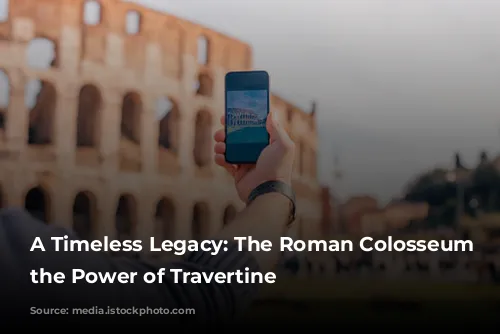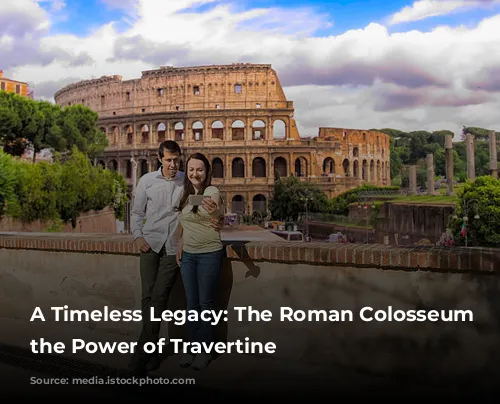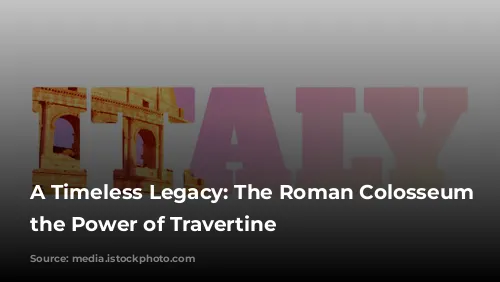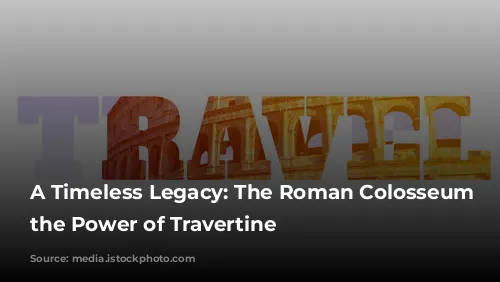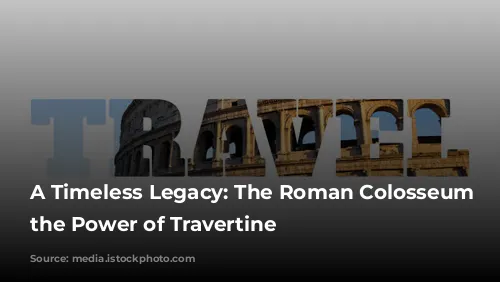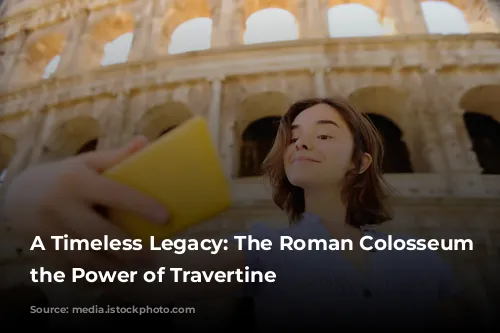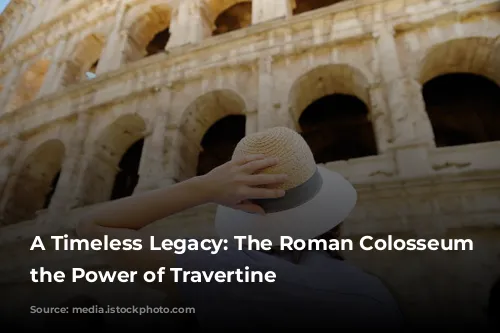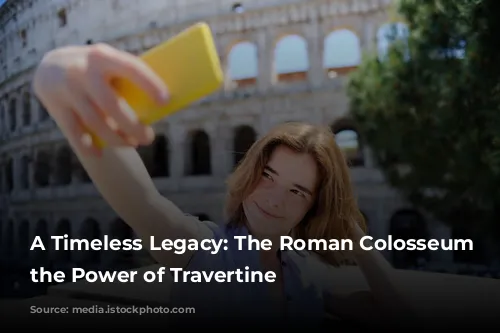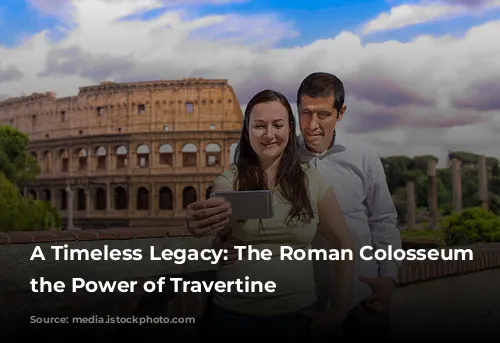Standing tall as a testament to the Roman Empire’s grandeur, the Colosseum is more than just a remarkable structure. It is a symbol of their ingenuity, their power, and their lasting impact on history. Built from the finest travertine, a natural stone quarried from central Italy, the Colosseum stands as a tribute to this enduring material.
From Flavian Amphitheater to the Colosseum
Originally known as the Flavian Amphitheater, construction began under Emperor Vespasian in AD 70. This colossal structure was intended to be a venue for the Roman elite to gather and witness thrilling spectacles. Although Vespasian did not live to see its completion, his son and successor, Emperor Titus, opened the Colosseum to the public in AD 80, marking a significant moment in Roman history.
A Monument to Entertainment and Roman Culture
The Colosseum was not just a building; it was a living embodiment of Roman culture. This massive amphitheater, the largest in the world at the time, could hold a staggering 50,000 to 80,000 spectators. It was one of 250 amphitheaters scattered across Italy, highlighting the importance of public entertainment in Roman society.
The Colosseum hosted a wide range of events, from thrilling gladiatorial combats and dramatic re-enactments of historical battles to animal hunts, theatrical performances based on ancient myths, and even public executions. It was a place where the Roman people gathered to celebrate their culture, witness feats of strength and skill, and experience the raw energy of their time.
Building a Masterpiece: Travertine’s Role
The Colosseum was not built overnight. Vespasian’s vision required constructing the amphitheater on top of a lake, a task that demanded innovative planning and durable materials. The result was a four-story structure with 76 arches, designed to allow massive crowds to enter and exit easily.
Travertine played a crucial role in achieving this remarkable feat. Quarried from nearby Tivoli and transported to Rome via a specially constructed road, travertine was chosen not only for its durability but also for its aesthetic appeal. The Romans recognized the beauty of this natural stone, using it to create stunning arches and intricate details that adorn the Colosseum’s façade.
From Pillars to Seats: Travertine’s Versatility
Travertine served as the foundation for the Colosseum, forming the main pillars, ground floor, and external walls. Travertine slabs were also used to pave the area surrounding the structure, providing a solid foundation for the amphitheater’s outer realm. Even the seats inside the Colosseum were originally made from travertine, showcasing the versatility of this natural material.
The Romans combined travertine with a revolutionary material for its time: concrete. Concrete played a key role in making the construction of this massive structure more manageable.
Enduring Strength: Facing the Test of Time
The Colosseum required an immense amount of travertine, estimated to be over 100,000 cubic meters. Unlike traditional methods of using mortar or plaster, the Romans utilized 300 tons of iron clamps to bind the travertine blocks together, creating a structure that was both robust and beautiful.
Despite its impressive strength, the Colosseum has been subject to the ravages of time, particularly extreme weather conditions. Earthquakes, in particular, have caused significant damage to the outer walls. However, the Colosseum remains a testament to the durability of travertine, which has weathered the storms of history to stand as a powerful symbol of Roman ingenuity.
Travertine’s Legacy: A Lasting Impression
While your next project might not reach the heights of the Colosseum, travertine remains an excellent choice for modern building projects. Its natural beauty, durability, and low-maintenance qualities make it an ideal material for adding a touch of elegance and longevity to any project.
Similar to the Roman arches, travertine can be used in a variety of ways, from traditional square and rectangular tiles to intricate patterns and designs. It can also be crafted into columns and poles, showcasing its versatility and inherent strength.
If you desire a project that endures through time, like the Roman Colosseum, travertine is the perfect material. It combines timeless beauty with enduring strength, ensuring that your project will stand as a testament to your style and vision for generations to come.
Review our diverse collection of travertine products: Pavers, Copings, Tiles, and Mosaics.
